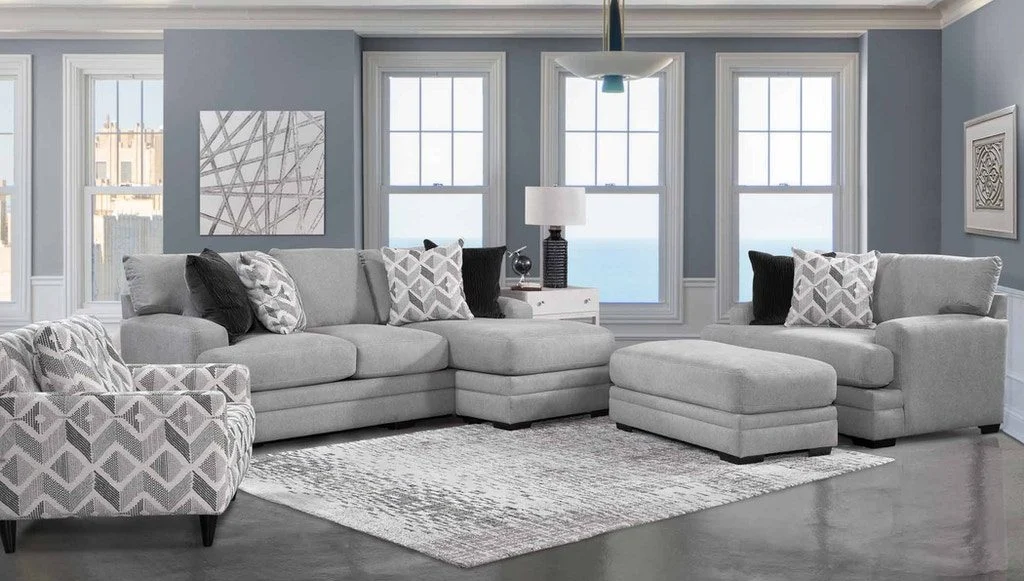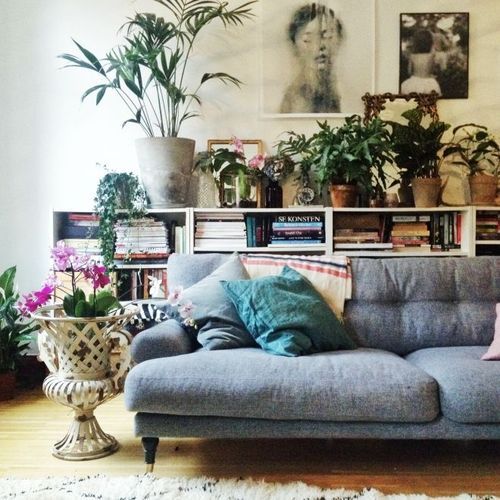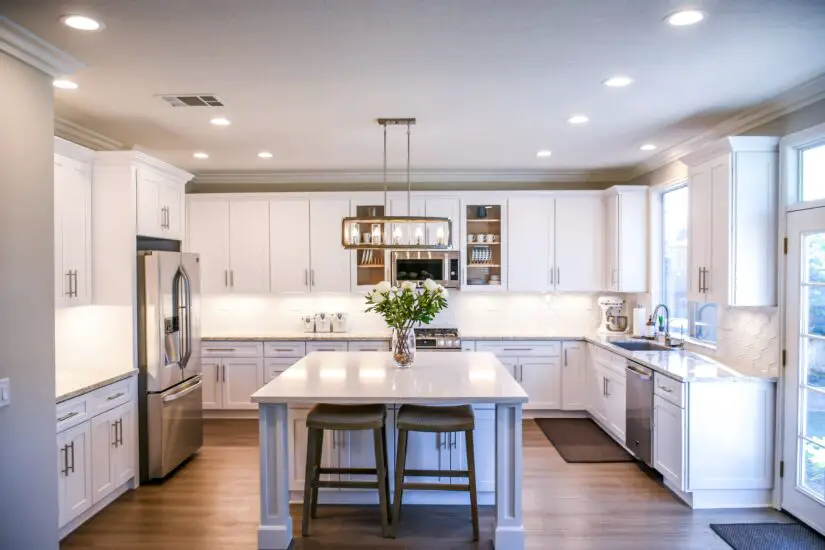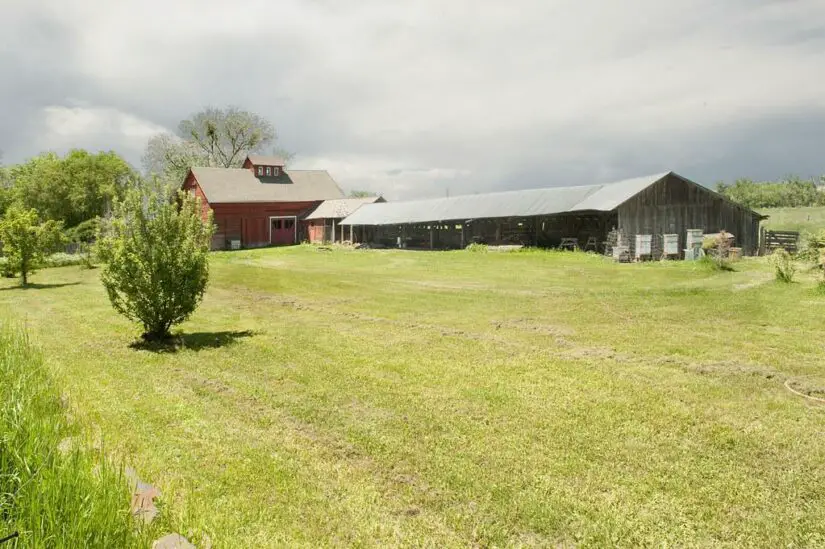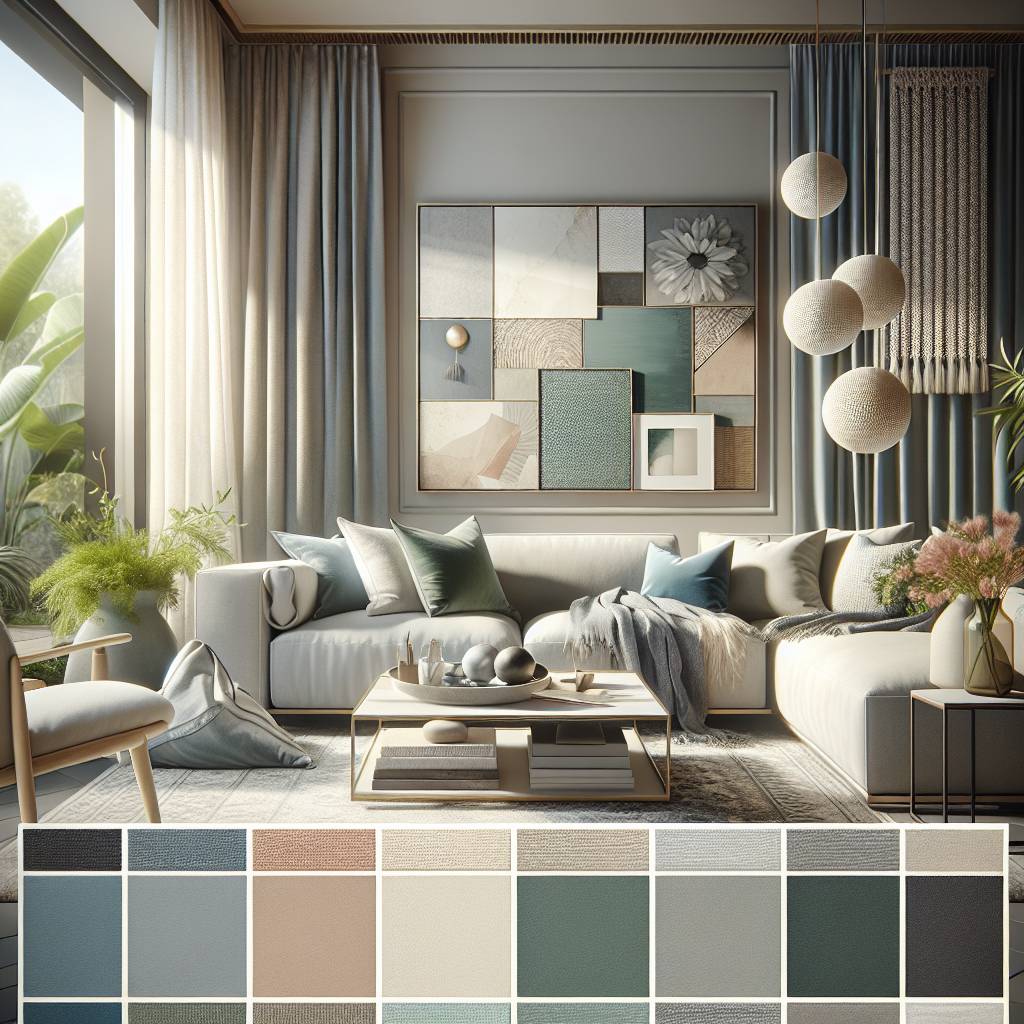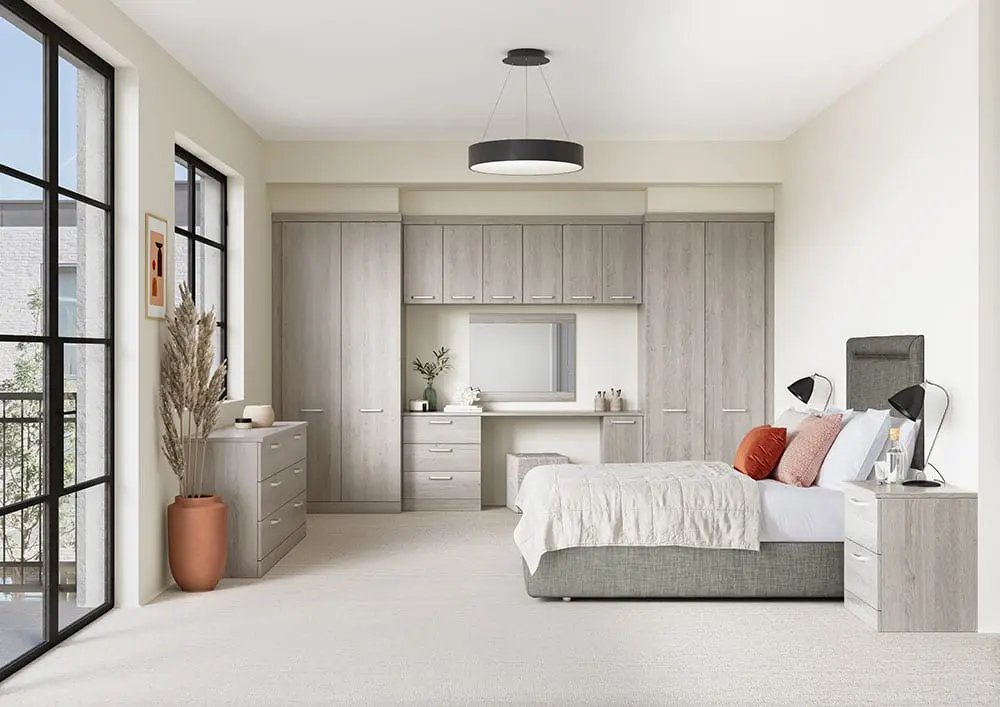Buying new living room furniture is one of the big investments we make in the medium-term. That’s because, unless you’re well off, you may only change your sofas every five to ten years or longer. Moreover, sofas are expensive.
As such, you must be extra careful when shopping for a sofa. Otherwise, it could be 1,000 down the drain.
This guide explains how to choose a sofa and can prove valuable for first-time buyers and those looking to get value on a subsequent purchase.
1. Sofa styles
There are four main styles to choose from, i.e., mid-century, chesterfield, contemporary, traditional, and country. Mid-century sofas are characterized by clean lines, a boxy streamlined shape, wooden angled legs, and low arms they’re tailored. Meanwhile, chesterfield sofas are characterized by rolled backs and arms at the same height and deep pinched button detailing.
The other three styles all have loose back cushions; contemporary and country, with one pillow per seat cushion, and traditional units with multiple pillows per seat cushion. The main difference between contemporary and country sofas is that country units have valances to cover the feet.

2. Sofa backs
A sofa can have three types of backs; a fixed back, scatter back, or cushion back. Fixed backs are sprung and upholstered. They typically have clean, formal lines and offer firm seating. Clatter sofa backs are also upholstered. However, the back frame is hidden by loose cushions to give a more informal look.
Finally, cushion backs consist of two or three-boxed-sided cushions of equal sizes placed together neatly across the backline.

3. Sofa arms
Different sofas have different types of arms, and arm type typically determines the style and impacts comfort. The four most common sofa arm styles are scroll arms, flared arms, Howard arms, and square arms.
Cross arms feature pleating and insert panels that give them a more traditional look. They are found in classic sofas. Meanwhile, flared arms generally flare outwards slightly from the base and often take the shape of a wide, square arm. Howard-style arms are low and stop short of the sofa, while square arms are, well, square.
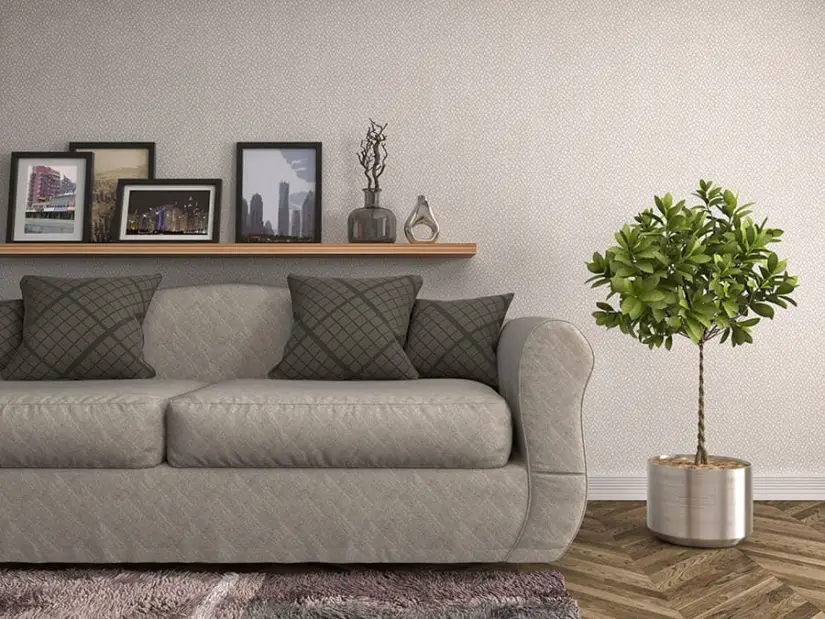
4. Sofa legs
Sofa legs also vary from one sofa to the next. The most common sofa leg is the sabred/sprayed leg. These are carved wooden legs that are tapered at the end. Turned legs are almost similar. The wooden feet are turned on a lathe to produce a rounded shape. Meanwhile, glide legs aren’t visible as the valance covers them.
You can also opt for plinth legs. These are designed as if sitting on a platform and perfect for a streamlined outlook. Alternatively, stiletto legs are fine, thin, metal legs for contemporary settings.
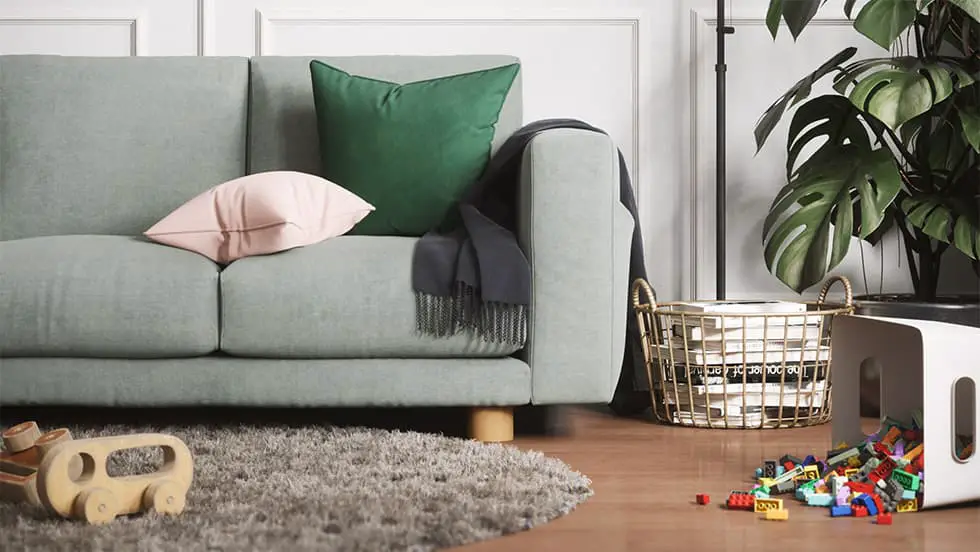
5. How to choose a sofa fabric
Choosing the right fabric is just as important as choosing the right sofa style, back, or legs because you’ll live with the sofa for a long time. About 51% of surveyed customers say they’ve had the same fabric for at least ten years.
Generally, leather (29%) and cotton blend (21%) are the most popular fabrics as they’re the most durable and easiest to maintain. However, they’re also the most expensive options. Wool blend (11%), cotton/linen (9%), and synthetic (7%) follow in that order.
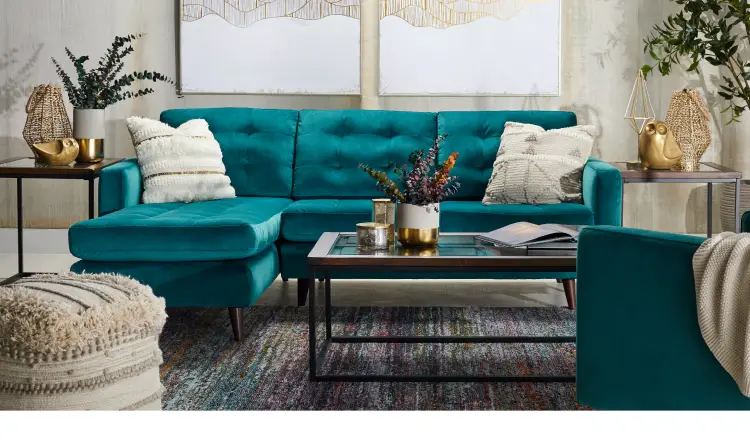
6. How to choose a sofa shape
The most popular shape (34%) is the three-seater sofa as it offers plenty of sitting space and is easy to fit into most decors. Then two-seater sofas (34%) follow as they’re considered the most intimate. Finally, four-seater sofas are only popular among 3% of the population.
Other sofa shapes to consider are corner sofas and sofa beds. Sofa beds fold out to help out when you have guests. The other options to consider are chaise sofas, modular sofas, and compact sofas.
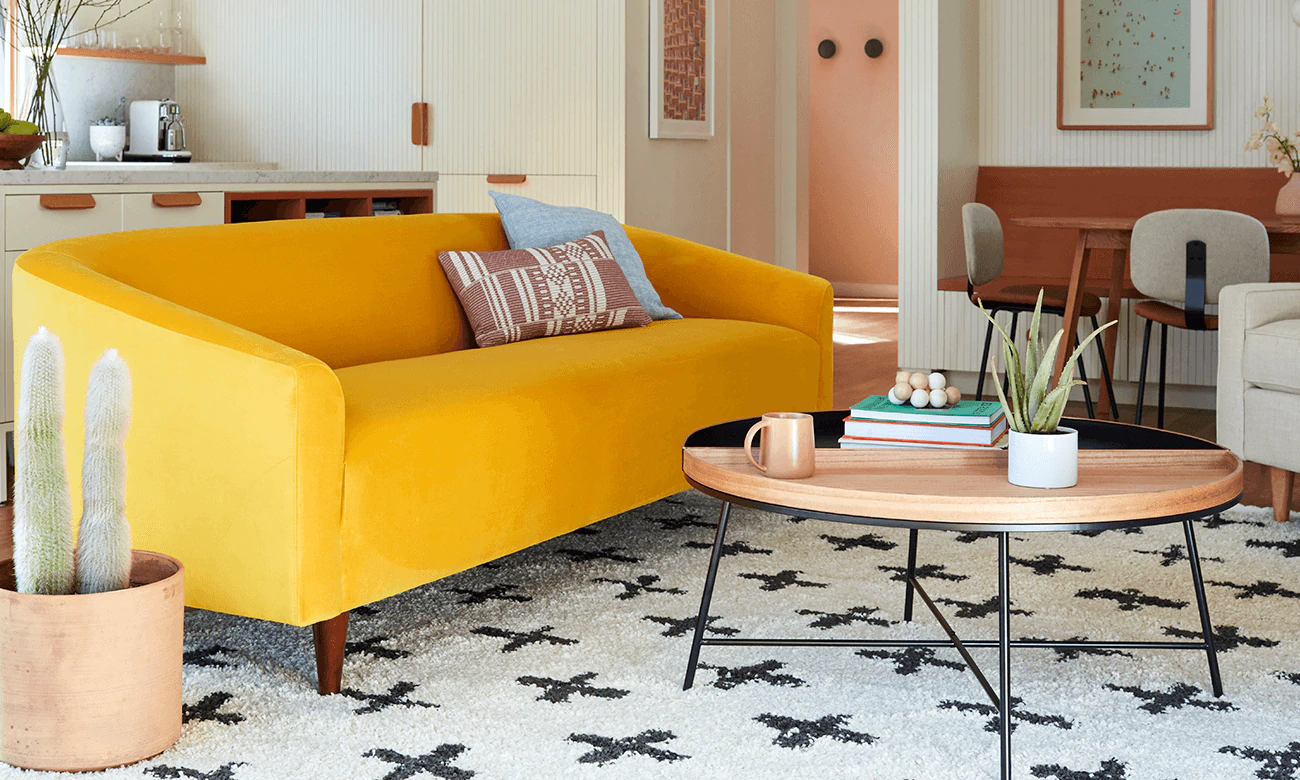
7. Choosing filler material
Sofas get their shapes to a significant degree from the filer material. So, you want a sofa with quality stuffing material to retain the shape for a long time.
The three most popular stuffing materials are fiber, foam, and feather. Fiber is the most popular option as it gives a soft, relaxed, and plump feel without burning a hole in your pocket, while foam offers the firmest support at a low cost. However, if you want luxury, go for a feather-filled sofa.
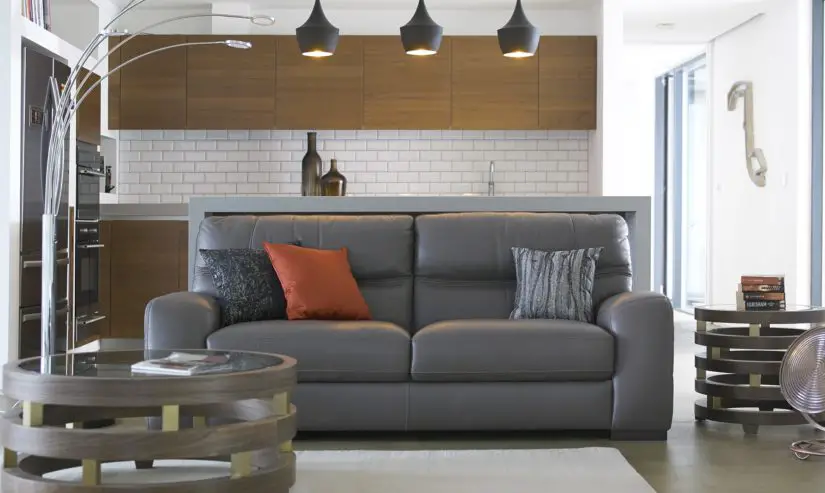
8. Size also matters
It may seem obvious, but always measure the available space before bringing the sofa home. Otherwise, you may be left with a piece of furniture that doesn’t fit your space.
Fortunately, it’s fairly easy to measure a sofa and get a feel of the space it would take in the room. Begin by getting the sofa’s measurements. Then head home and use masking tape or newspapers to mark out the dimensions on the floor. This will give you the feel of whether you have enough room. Is there enough room to walk around the sofa comfortably?
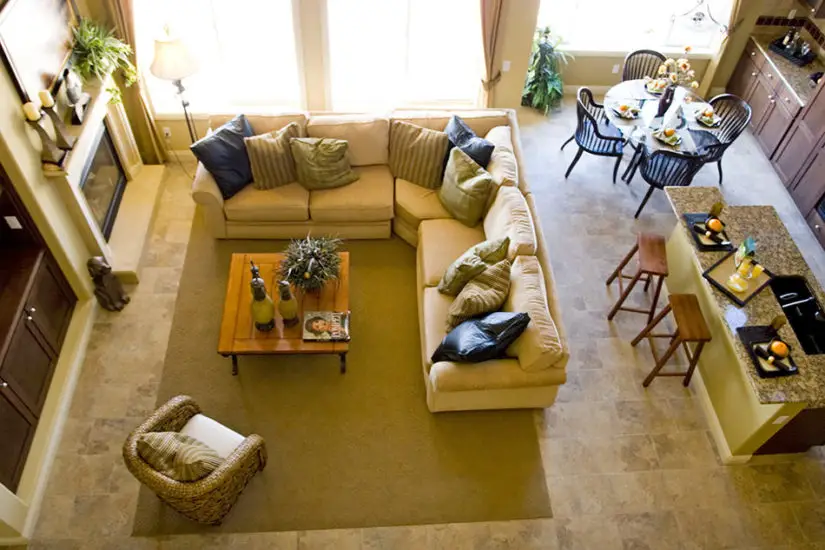
Don’t Forget to Test It
You can’t talk about how to choose a sofa without mentioning the need to test the sofa. Although you can’t take it home to test it, spend some time around it in the store and sit on it to feel it out. It will help you find out whether or not you like it.
